8. The Tale of Zatoichi (1962)
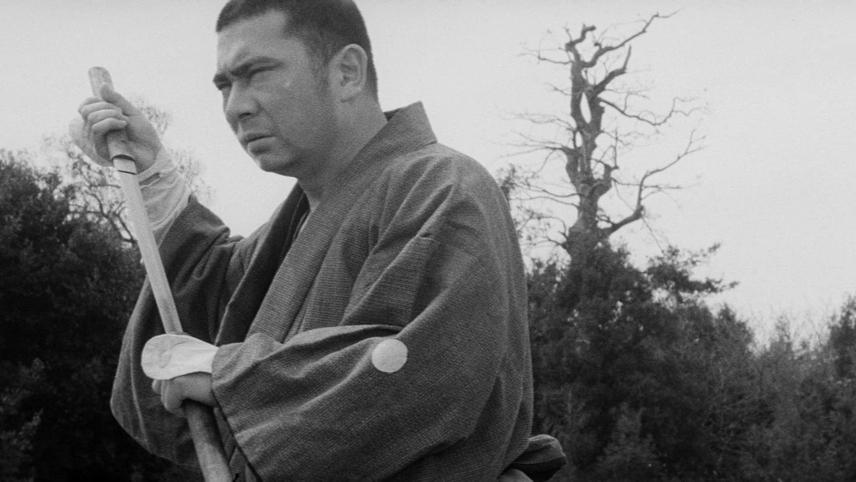
The Tale of Zatoichi is the first chapter of one of the longest Japanese movie series of all time. Zatoichi is a blind swordsman, a noble guy with high moral values, a true warrior. Although his is a good masseur and a gambler, he lives the way of the samurai. He is loyal, sincere and very brave. This is the first part of a long samurai series where the adventure of Zatoichi begins.
While the first two chapters have a visually outstanding black and white cinematography, the rest of the films are coloured. Zatoichi isn’t at the same level as Kurosawa’s samurai epics (for instance Yojimbo or Sanjuro), but fans of this genre will definitely love it.
The fact that Zatoichi is a blind samurai makes the difference, he is a timeless cult figure. This is a well crafted piece of art that depicts the history and culture of Japan in an authentic way.
7. Blast of Silence (1961)
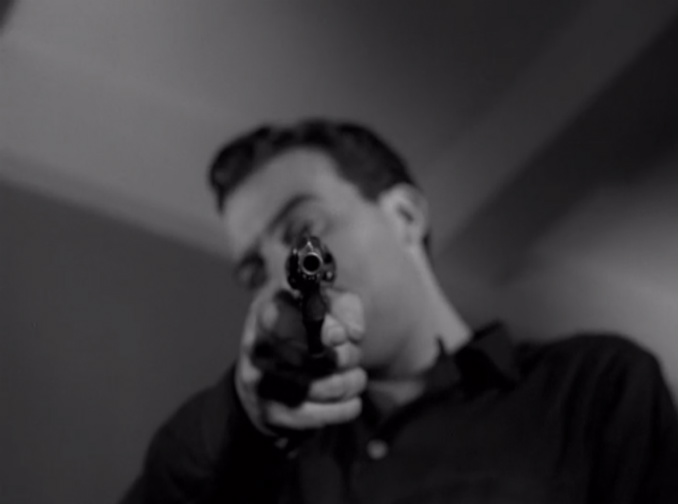
Do you trust the voice in your head? This is the voice in Frank Bono’s head (Allen Baron) that narrates the story of a professional killer who is hired to assassinate a mobster in New York. Having grown up in an orphanage, Frank is a lonesome and mysterious hitman. Besides the fact that Frank has to finish the job, he has also to deal with his gun supplier (Larry Tucker) and a girl he meets (Molly McCarthy).
Frank is a professional hitman in an existential crisis; he has second thoughts about his life and wants to re-evaluate. The voice in his head is probably the voice of his late father, guiding every step of his way on his journey.
Why this film is characterized as a cult gem? Because it is one of last classic noir films of this genre, it doesn’t have a mainstream appeal like other independent films and has an amazing performance by Allen Baron. The black and white photography, the sweet jazz score and the flawless narration create a marvellous portrait of a lonesome hitman.
6. The Third Part of the Night (1971)
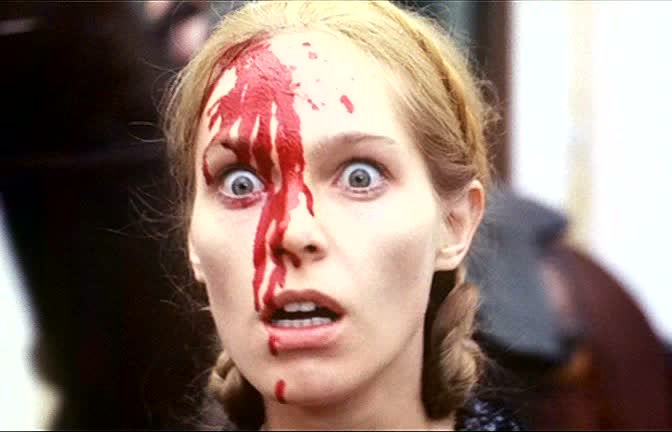
Set in Nazi-occupied Poland during the second world war, the great filmmaker Andrej Zulawski creates another twisted schizophrenic masterpiece. A man whose family was slaughtered by the Nazis, joins the resistance and tries to escape from this nightmare. He even ends up taking part in a typhus vaccine research, where lice feed on his blood (this scene will probably haunt you for a long time). The rest of the story isn’t clear, but this isn’t important.
To be more specific, this is a horror film, a living hell, a surreal depiction of Nazism and its atrocities. The bleak colours, the extreme violence and the nightmarish landscape create a horrifying picture. This is Zulawski’s vision of real terror and war crimes. A chaotic dream world where everyone looks like a shadow without identity and without purpose.
What Zulawski manages to achieve in his cinematic debut is remarkable. Not only he satirizes the Nazis, but also through his poignant art he creates an all time cult masterpiece.
5. The Brood (1979)
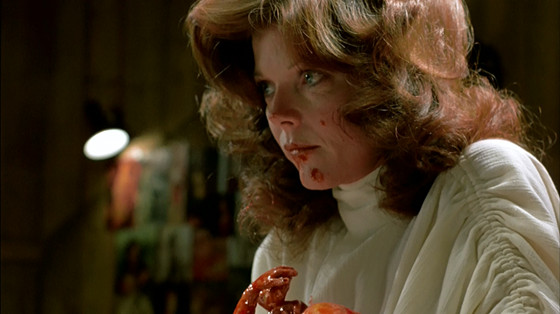
David Cronenberg, the master of “body horror” movies, creates another genuinely intense and utterly shocking cult classic horror flick. Dr. Hal Raglan (Oliver Reed), an eccentric psychotherapist, runs a controversial anger management treatment program.
One of his patients is Frank Carveth’s (Art Hindle) wife Nola (Samantha Eggar) who is having sudden rage attacks. While Frank is thinking that this experimental therapy is a fraud, mysterious murders are happening in his town. There is probably a horrifying connection between Dr. Raglan’s technique and the murders, so Frank wants to find out.
“The Brood” is a disturbing horror movie thats deals also with the psychological effects of divorce and exaggerated emotions. Therefore, the film depicts that fear of unexpected human behaviour can cause social disorder.
On the other hand, early Cronenberg’s common threads such as body disfigurement, blood and graphic violence create an ominous atmosphere. This odd world, similar to Franz Kafka’s “The Metamorphosis”, is a creepy place where inner fear and metaphysical horror co-exist.
Cronenberg never ceases to amaze his loyal cult followers. “The Brood” is another example of his enormous talent and his “intellectual” vision.
4. Deep End (1970)
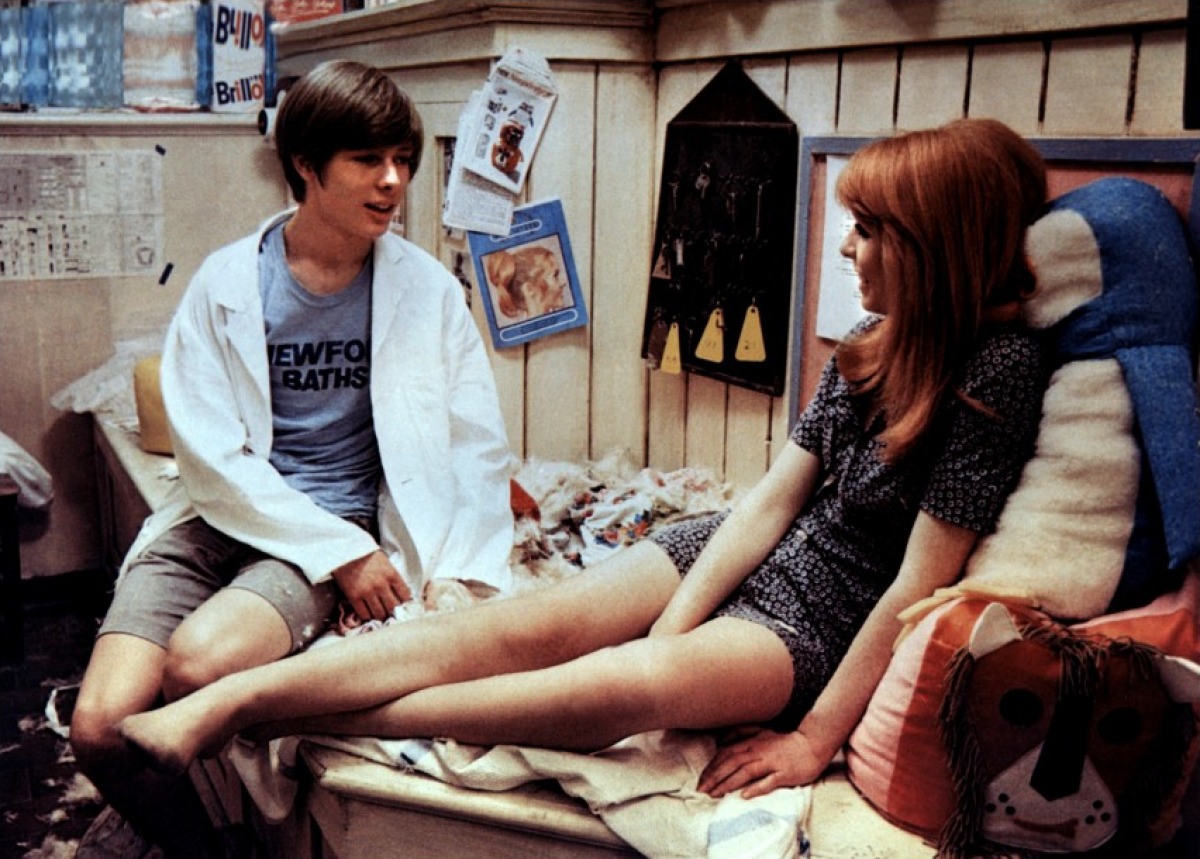
“Deep End” is Jerzy Skolimowski’s unsung masterpiece about the unrequited love of a teenage boy Mike (John Moulder-Brown) with Susan (Jane Asher). Mike decides to drop out of school and find a job at a sleazy bathhouse.
There he encounters Susan and a series of misfortunate events. Mike, who is a very shy young guy with no sexual experience, becomes immediately obsessed with Susan, who urges him to do silly things. This relationship leads to a tragic, disturbing and very “deep” ending.
Thanks to John Moulder-Brown’s brilliant performance, this coming-of-age movie looks a lot like Robert Atlman’s cult classic “Brewster McCloud”. Both films, who came out the same year, are bizarre, oddly compulsive and darkly erotic with some bonus funny scenes. Jane Asher is also terrific, delivering a splendid performance like Anne Bancroft (Ms. Robinson) in “The Graduate”.
Furthermore, the absolutely great music by Cat Stevens, the vivid colours and the camera movement enhance the movie experience. Fans of cult legends like Hal Ashby, Robert Altman or Sydney Pollack will truly love this gem. Far better than any other cliché filled love story.
3. The Swimmer (1968)
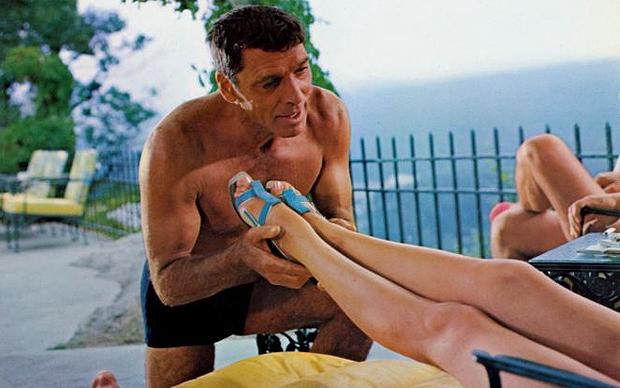
Can you make a film about swimming pools with a moral or philosophical subtext? If the swimmer is Burt Lancaster there is no chance of failure.
Burt Lancaster stars as Ned Merrill, a middle aged man who lives in a wealthy suburban community caring only about money and his self. Suddenly, Ned has an epiphany that his life is meaningless and decides to find inner peace through swimming. He is on a journey to “swim his way home” by swimming in all of his neighbors pools. There he encounters friends, acquaintance and ex-lovers having a philosophical conversation almost about anything.
Like the epic journey of Ulysses, Ned tries to find the truth embarking on a mythical voyage of meditation. He has to fight his own demons washing himself through his tears and fears. The conversations Ned had with all these people made him realise the tragic reality of human existence. Thus, he wants to redeem himself by discovering the painful truth about his life.
Although this is a deeply sad story, Burt Lancaster’s powerful performance and the absolutely gorgeous photography have a profound effect on the way you see life. Not only the film depicts the delusional reality of the American Dream but also creates a poetic portrait of loneliness. A true masterpiece.
2. Pale Flower (1964)
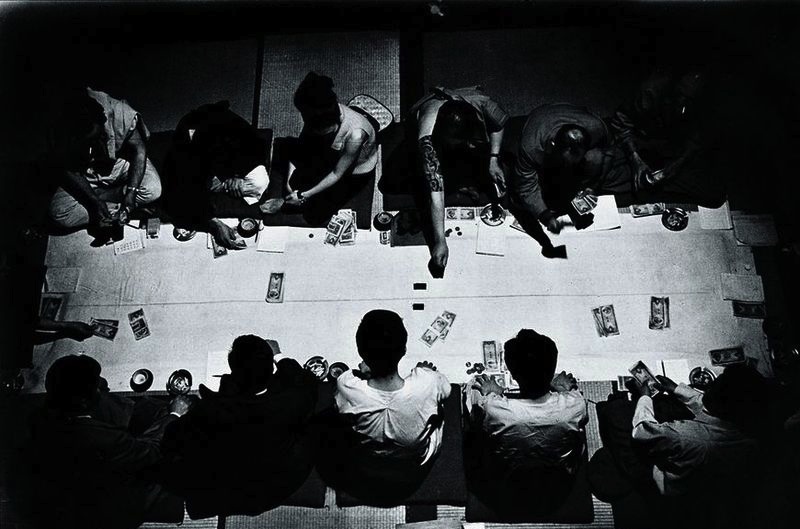
Masashiro Shinoda’s Japanese New Wave cult classic Pale Flower is one of the coolest yakuza movies of all time. The story focuses on Muraki (Ryô Ikebe), a gangster who has recently been released from prison. As soon as he gets back home he has to deal with his gang and Saeko (Mariko Kaga), a girl he meets. Saeko, who is a wealthy girl with nothing to lose, seeks excitement through gambling. Although Muraki has to cope with his own yakuza, he immediately falls in love with Saeko.
Pale Flower is an underrated atmospheric film noir that is so cool as Jean-Pierre Meliville’s masterpiece “Le Samurai”. Both films have a cozy vibe, a palpable atmosphere and ice cool characters. Moreover, Muraki who is well dressed with a cool haircut and black sunglasses looks a lot like Alain Delon’s character.
Not only this is sleek exploration of the gangster world with superb black and white cinematography, but also one of the coolest study characters movies of the Japanese cinema.
1. The Long Goodbye (1973)
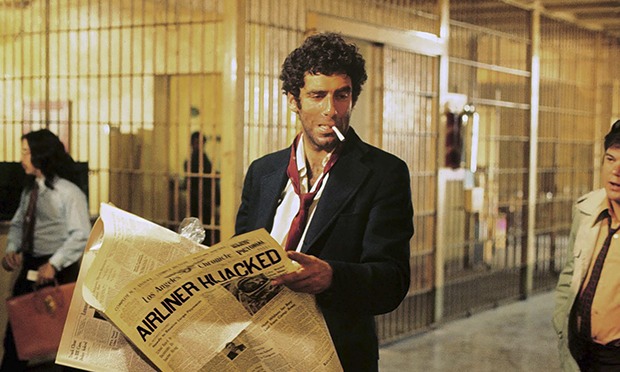
The Long Goodbye is absolutely a triumph of American cult cinema. It is Robert Altman’s unsung masterpiece about a private detective Philip Marlowe (Elliott Gould) who has to solve a number of seemingly unrelated murder cases.
Marlowe is a cool, wise guy who walks, talks and acts in a unique way. He has a strong sense of humor, a positive attitude towards life and stays loyal to his friends ’til the end. This is also the character that probably inspired the creation of Cowboy Bebop’s main character Spike. Both are cool smokers, witty talkers and extremely good investigators. Moreover, this could be Elliott Gould’s finest performance creating a unique anti-hero.
The superb jazz film score by John Williams, the plot twists and the magnificent cinematography create a cozy, atmospheric cult masterpiece.
This a hidden gem, a perfect character study and one of the best noir films of the 70’s.